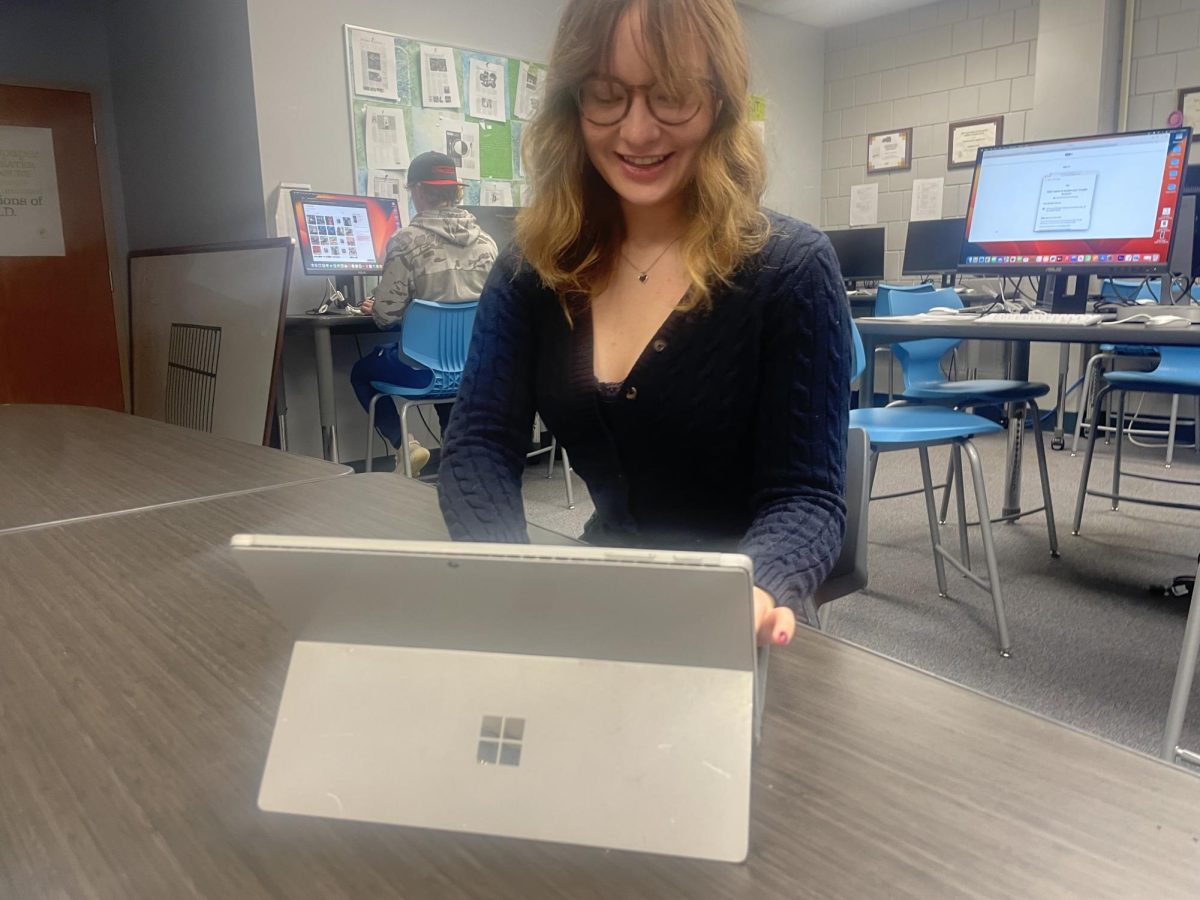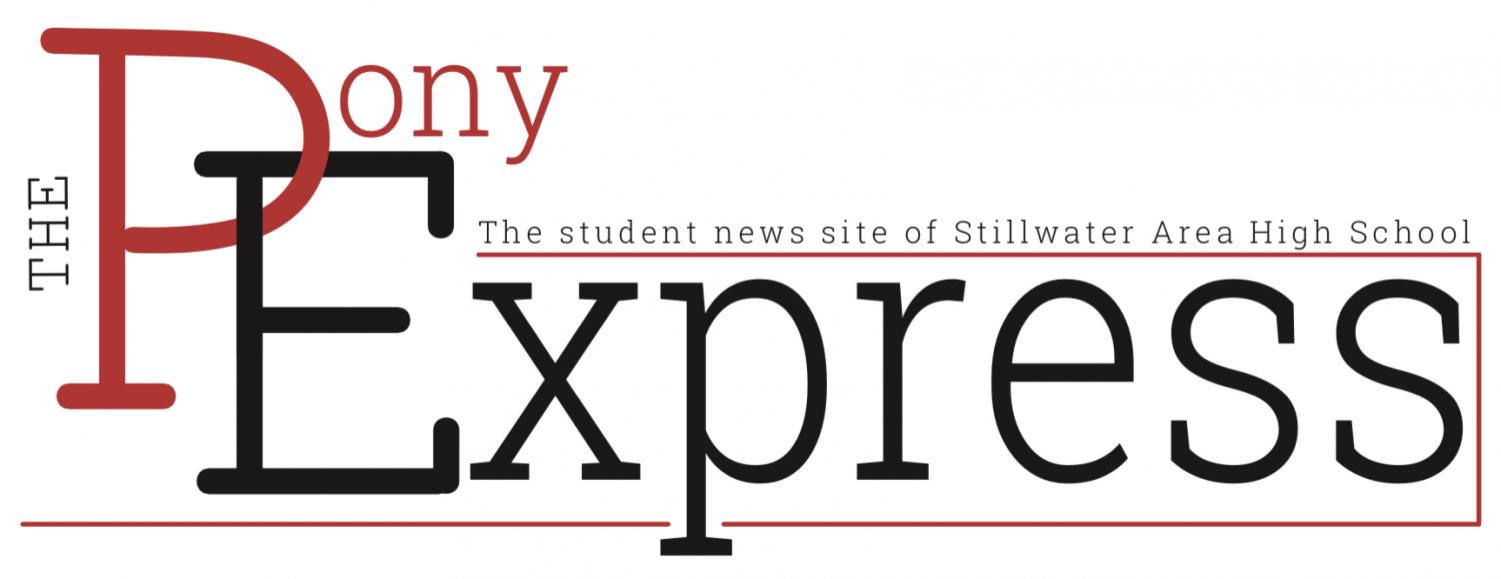
Photo by Belle Lapos
Stella McHugh studies during office hours. Flex times such as office hours will be more available if a block schedule is implemented. A group of staff is working to adapt the schedule for the upcoming years.
According to the Foundation for Economic Education, the same public education system has been used for roughly 150 years. It is a system that does not acknowledge factors like teenage sleep schedules and learning styles. Because of this, many schools across the country have updated their schedules, all fighting to make general education more accommodating for a larger population of students and staff.
This is not a new concept, “American students must have more time for learning. The six-hour, 180-day school year should be relegated to museums, an exhibit from our education past,” the National Education Commission on Time and Learning explained in 1994.
In mid-December students were asked for input on school start times and possible block scheduling. This has been locked in as a viable option for the coming years. Although there is no verdict, many perspectives were considered in the process.
A similar concept of blocking was experimented during COVID-19. For some, like senior Kallie Fahs, there is doubt about its true impact.
“To a certain extent, I liked having only three classes per semester just because it didn’t feel like there was as much pressure in terms of homework. But at the same time, you have to remember that they were trying to squeeze our entire curriculum into one year depending on what class it was. That was also kind of stressful from a student perspective,” Fahs explained.
For these reasons, staff members, like teacher Brady Hannigan, were put in place to examine options with the new plan.
“A group was put together and went and looked at other schools. We had a rubric to show what we wanted out of the new schedule and see more opportunities for kids. I wanted to take a look at how that works and talk to other schools to see where that all fits in and things that they wish they did a little bit differently,” Hannigan said.
This group of staff members looked into many different schedule plans that have been implemented around the area. These have been more than just block plans, looking at “a seven by two and four by four in person. We’ve also looked at others. For instance, Hudson has a block but they do have a modified block where they do an A B day,” Hannigan added.
There are many options set as a possibility, allowing members of this group to make changes to properly adhere to students and staff. This group has worked with schools, advisors, and students to find the “right fit” plan as Hannigan explained it.
Although they are doing the research, is not completely up to them. Ultimately, it will go to the school board and superintendent after a proper list of choices is put together.
Depending on the schedule put into action, its main goal is to allow for more opportunities within the school. Allowing students to experience a learning experience that best fits what they want to participate in and get out of their education.
“People wanted more improvements to mental health and they wanted more options. As a teacher in a department that has the most elective options, I think giving kids options is fantastic,” Hannigan concluded.
